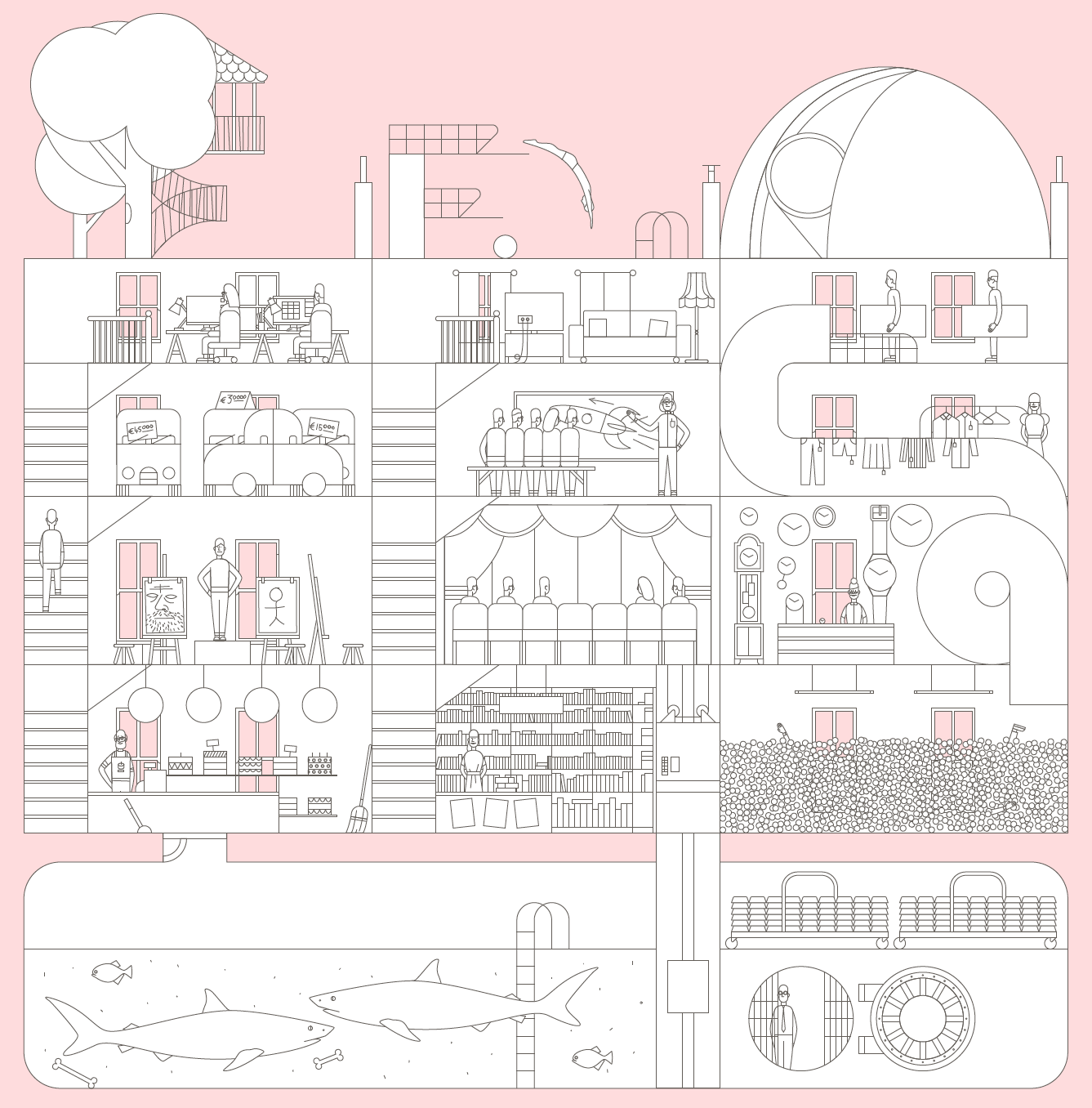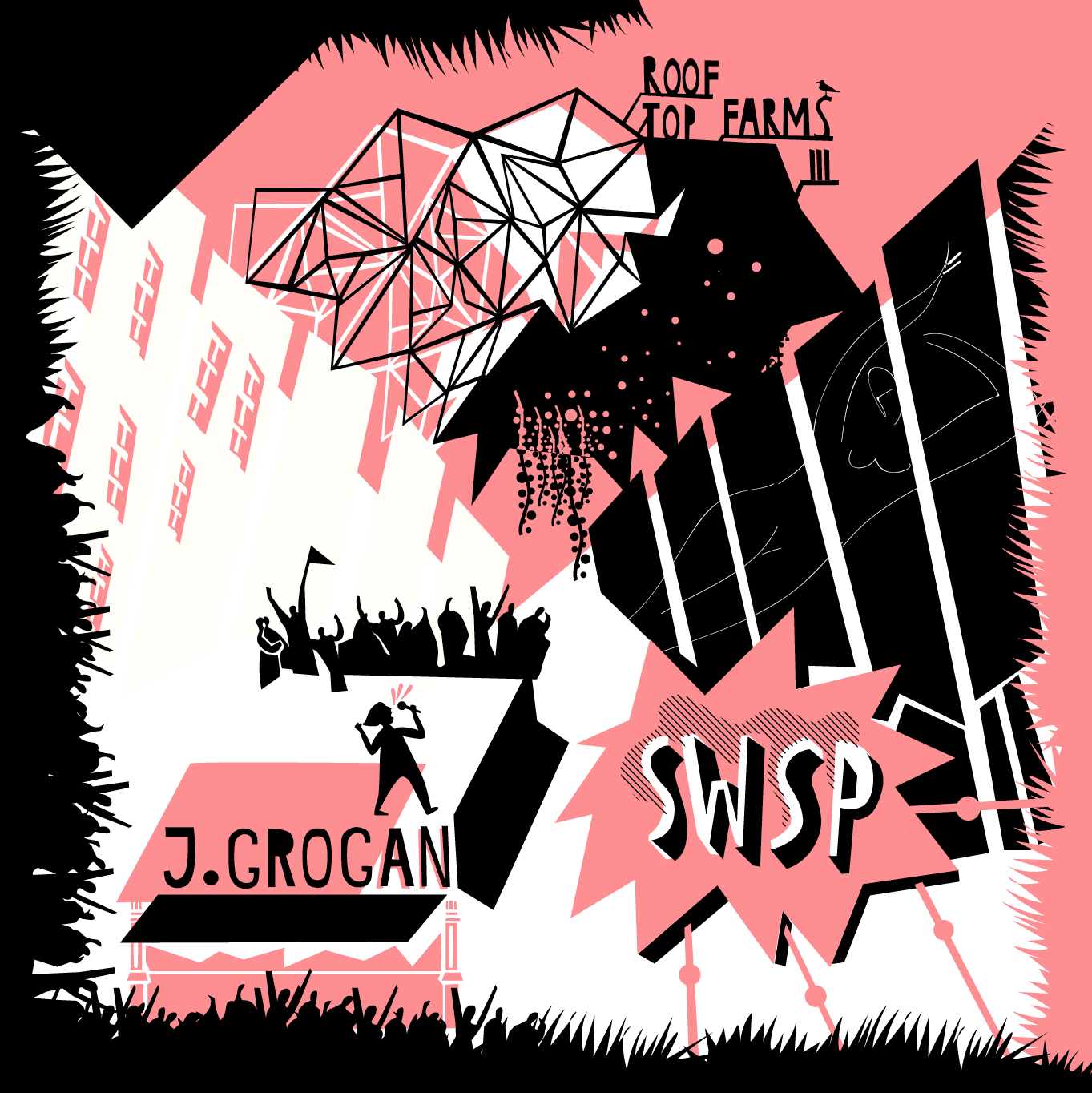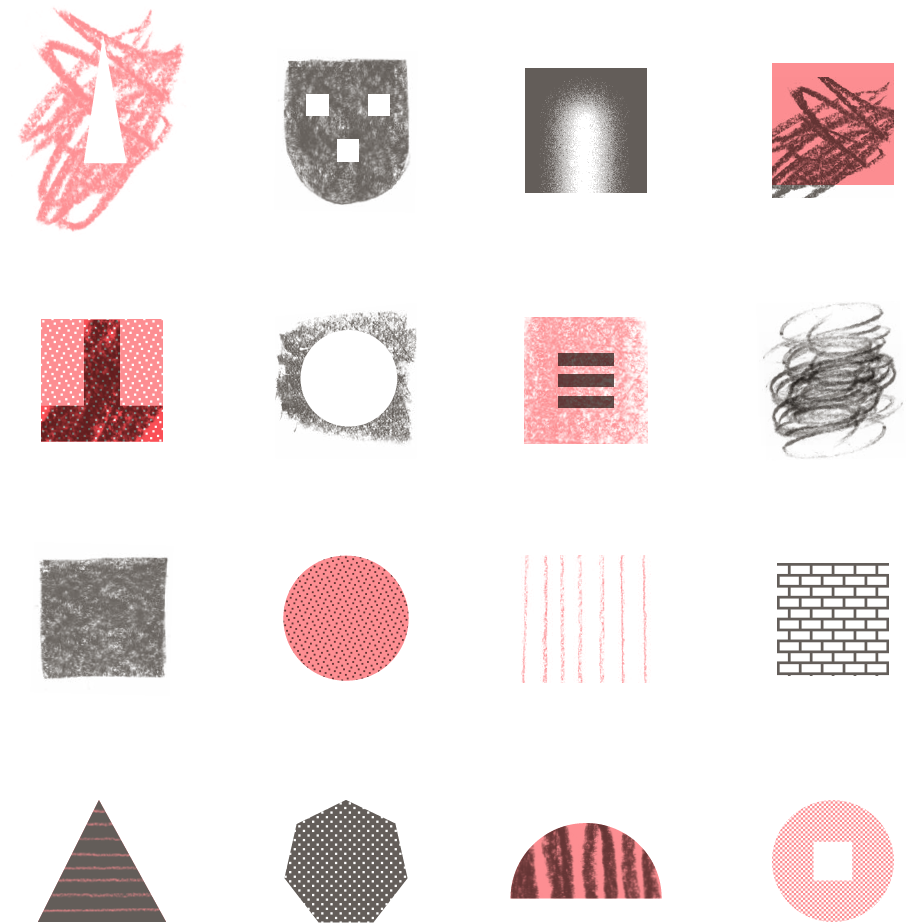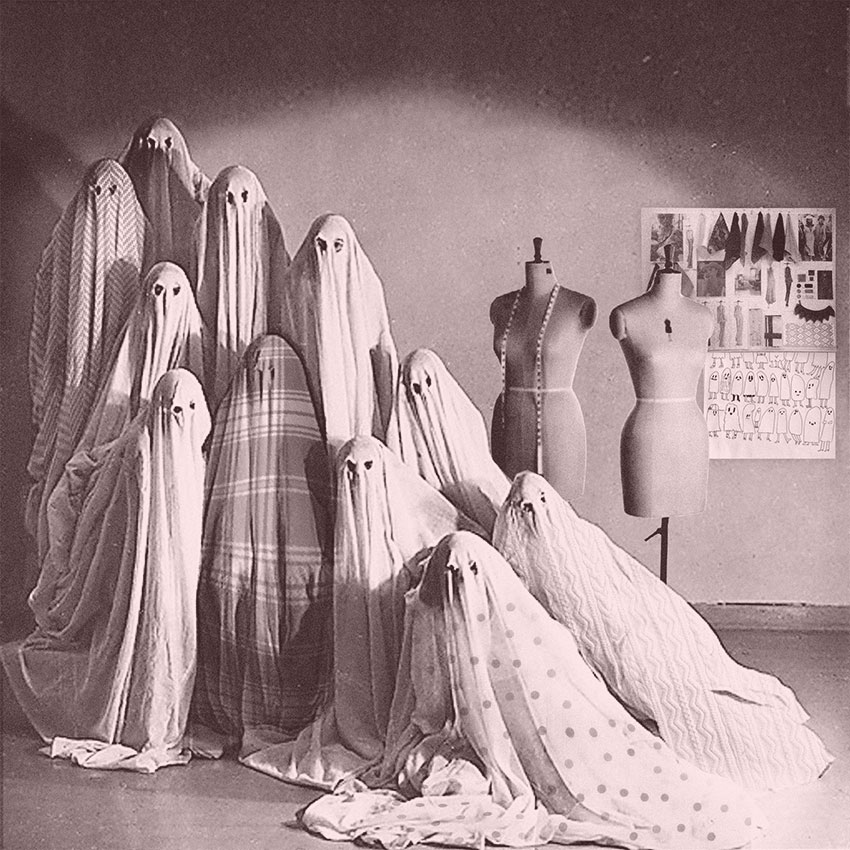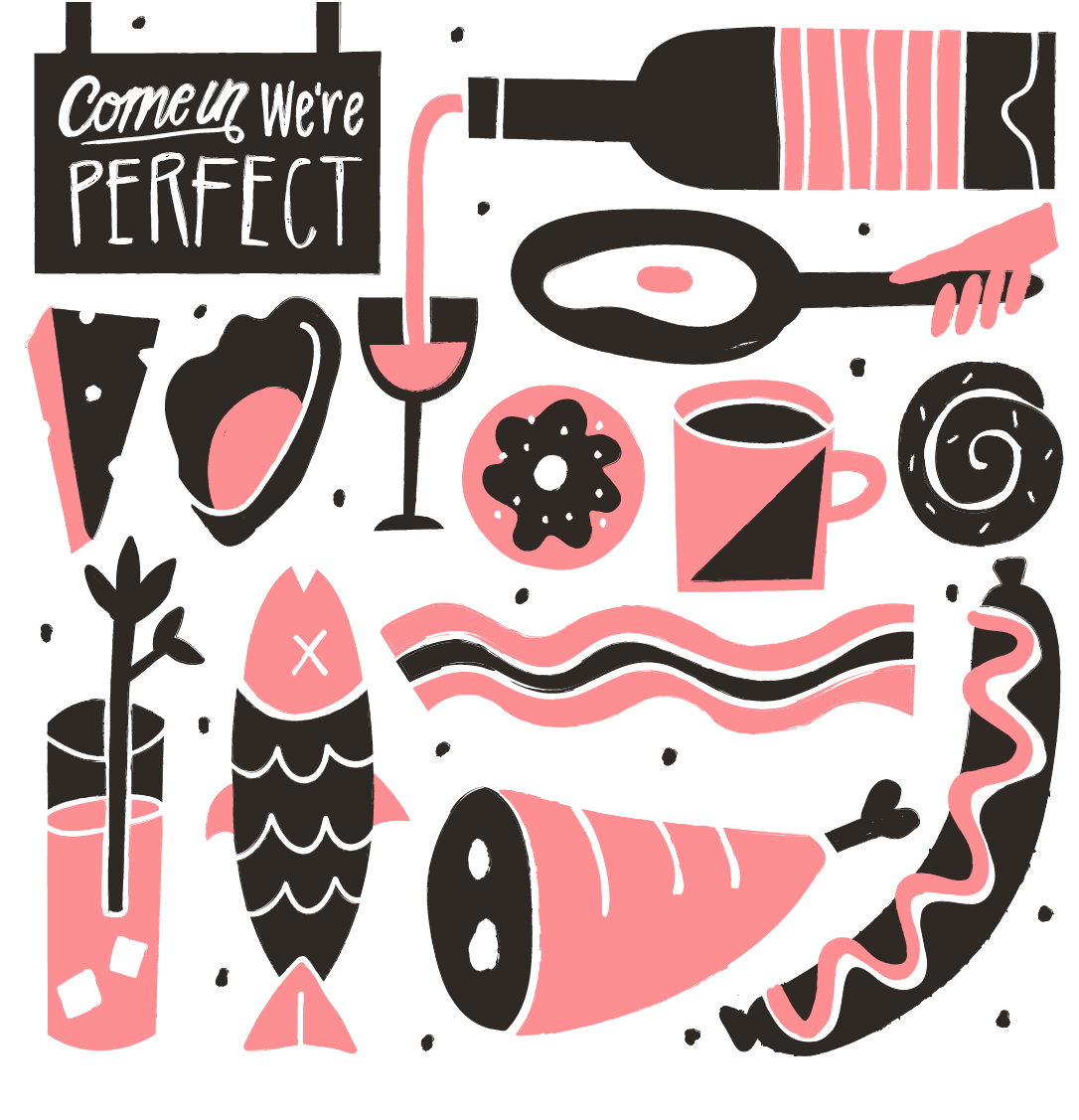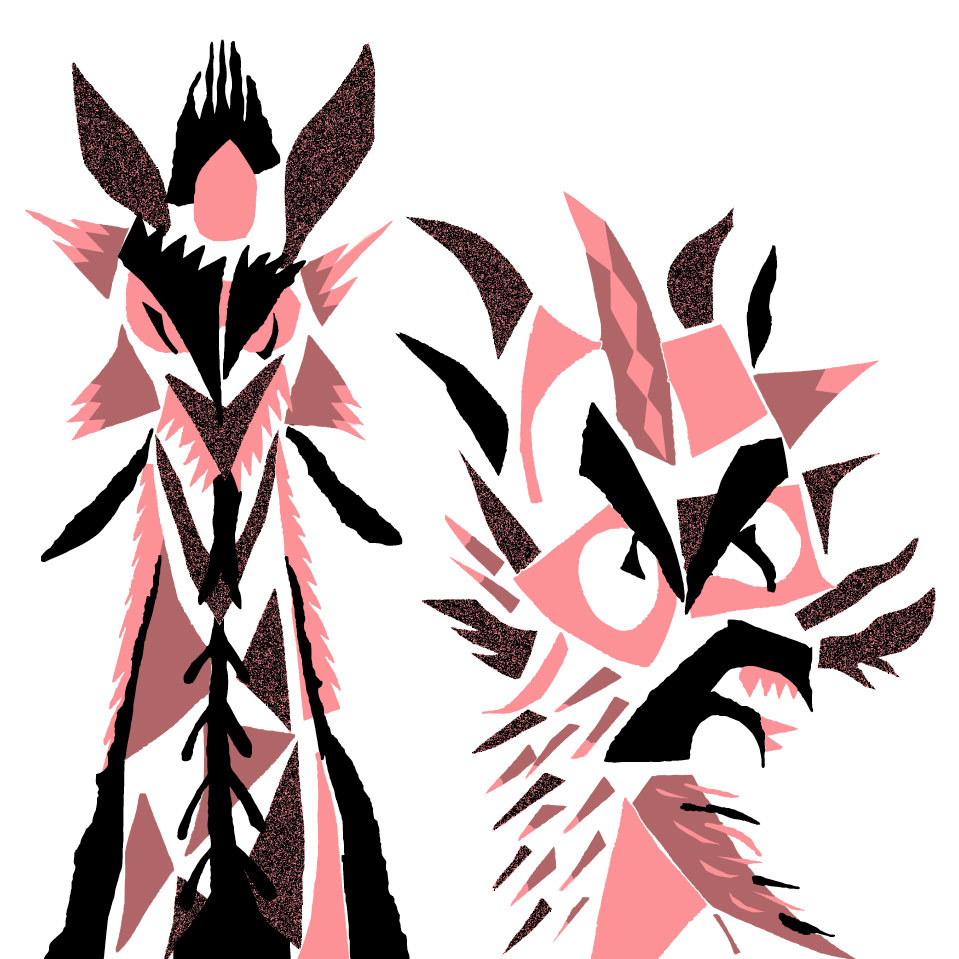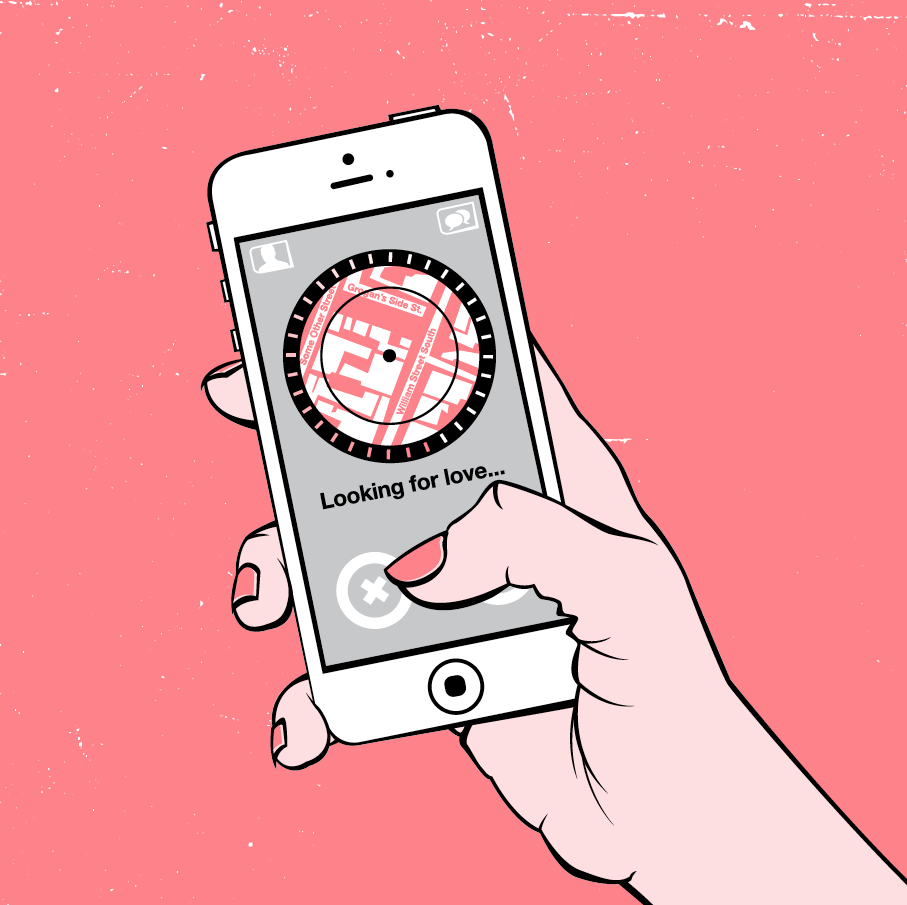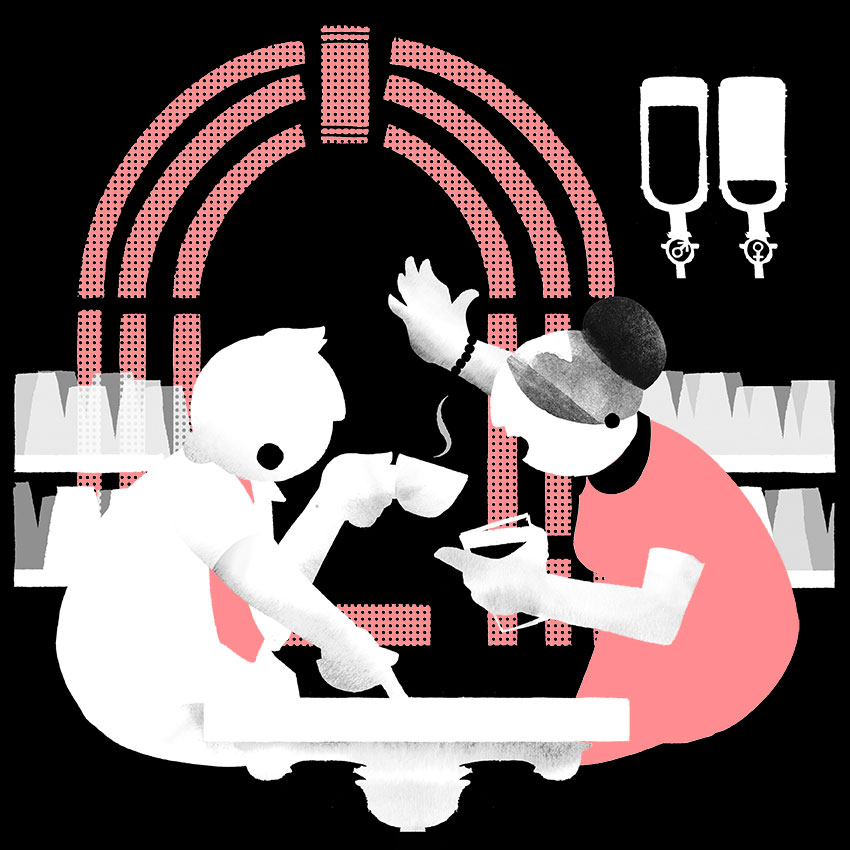There are 495 meters between Dáil
Éireann and South William Street. Less
than half a kilometer, but poles, and
decades,apart. Having spent plenty
of time in both places, I can state with
confidence that there are a few things
Kildare Street could learn from its
hipper cousin. Here are five.
1—More Women
Over half the Irish population is female.
Wander down South William Street, walk
into any bar, shop or café, and take a look.
There they'll be, the state of them, all equal
in numbers to the men. Now stroll over to the
Oireachtas, and peek into the Dáil Chamber.
26 women, 140 men (if we all turned up). Less
than one in six parliamentarians in Ireland are
female, and it's getting worse. We're 88th in
the world. 88th! We're behind Afghanistan
by a country mile. There's lots to say, but the
short version is this: It's wrong, it's bad for the
country, it needs to get sorted.
2—Better Art
Both Dáil éireann and Grogan's Castle Lounge
are celebrated Irish institutions. Both serve
pints to a colourful clientele, but one has
far superior artwork on the walls. Traipse
through Dáil éireann and you'll see staid
portraits of former Taoisigh, more staid
portraits of Ceann Comhairle, and a massive
Countess Markievicz. From my seat in the Dáil
Chamber, through the glass of one door and
across an atrium, I can see Charlie Haughey,
sitting in a blue suit, his hands folded,
scowling down at me. It's awful. Grogan's,
on the other hand, has a more eclectic mix.
The quality may sometimes be questionable
(let's be honest), but it's always lively and
provocative. And you're not being stared at
by Haughey.
3—Tastier Coffee
Politicians work long hours and meet an awful
lot of people, so coffee is an essential tool of
the trade. Thanks to the tutelage of George
the Greek in Camden Town, I became a coffee
snob in my late twenties. While there's much,
much worse out there, all coffee in the Dáil
comes at the press of a button. And then
there's South William Street — Clement and
Pekoe, Taste Food, Busyfeet & CoCo, the Metro
Café, Butler's, and on and on. Coffee heaven.
'Nuff said.
4—Stronger Synergy Between
New & Old
South William Street is home to Powerscourt
Town House, Old Dublin Historical Society,
Irish Georgian Society and the Dublin Civic
Museum (where you used to be able to see
Nelson's head from Nelson's column... maybe
you still can). And alongside this history
there's a thriving present too — contemporary
bars and restaurants and exciting new
businesses. On South William Street the new
and the old work together to create something
better than either could do alone.
In the Dáil, tradition reigns supreme. New
ways of doing business are seen as threats
to the status quo. Within the institution,
Governments looks keenly to the past. History
is crucial and tradition has its value, but on
their own they can be very stale indeed. Mixed
in with new ideas, and new people, they would
help to invigorate our parliament and could
serve our beautiful country very well.
5—Superior Political Discourse
Ever quizzed a member of Government in the
Dáil? If not, don't worry, you're not missing
much. Ireland is reckoned to have the most
centralised system of Government in the
democratic world. In many ways the Dáil is
an illusion of parliamentary democracy. Our
national parliament should be a hotbed of
political discourse—of ideas and oratory. Sadly,
it's no such thing. Scripts are read, questions
are ignored and TDs make speeches to an
empty room.
